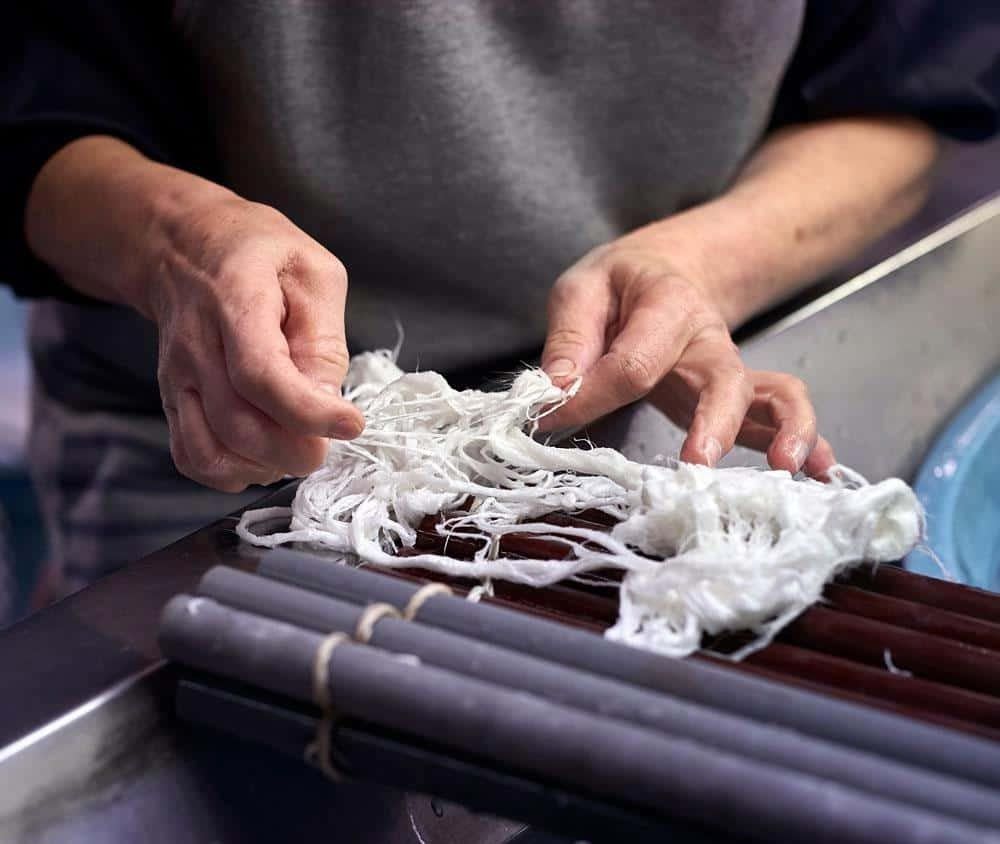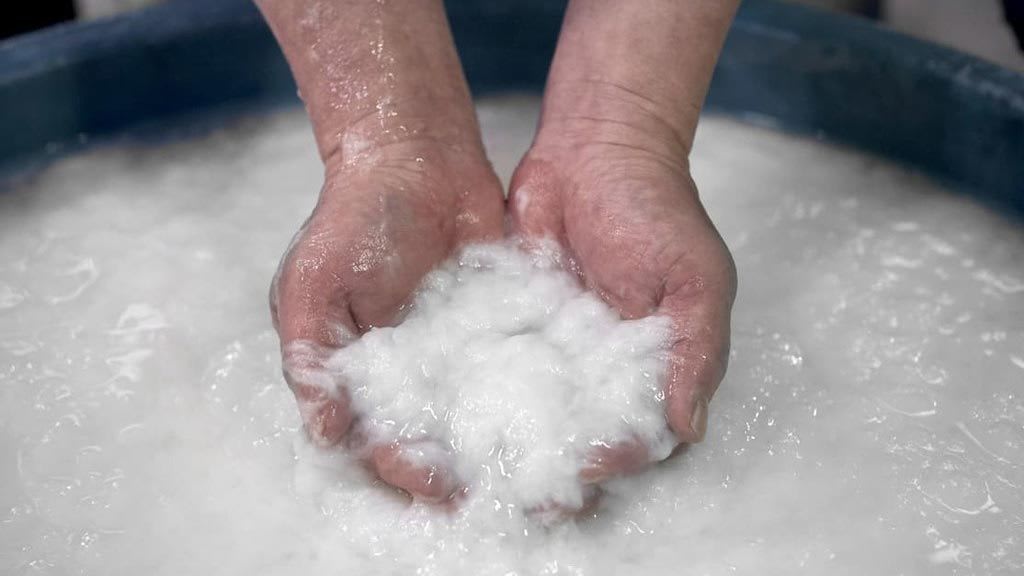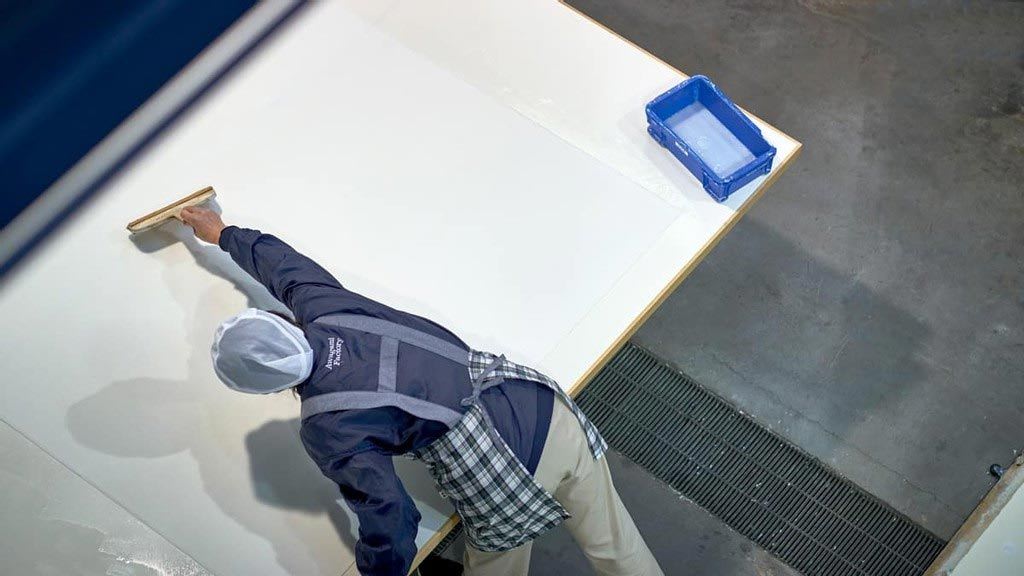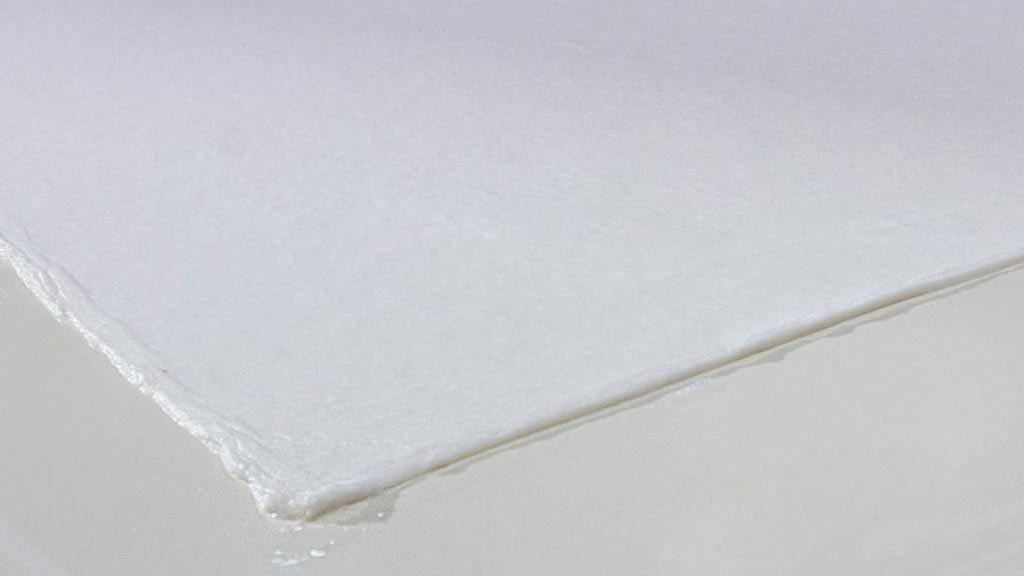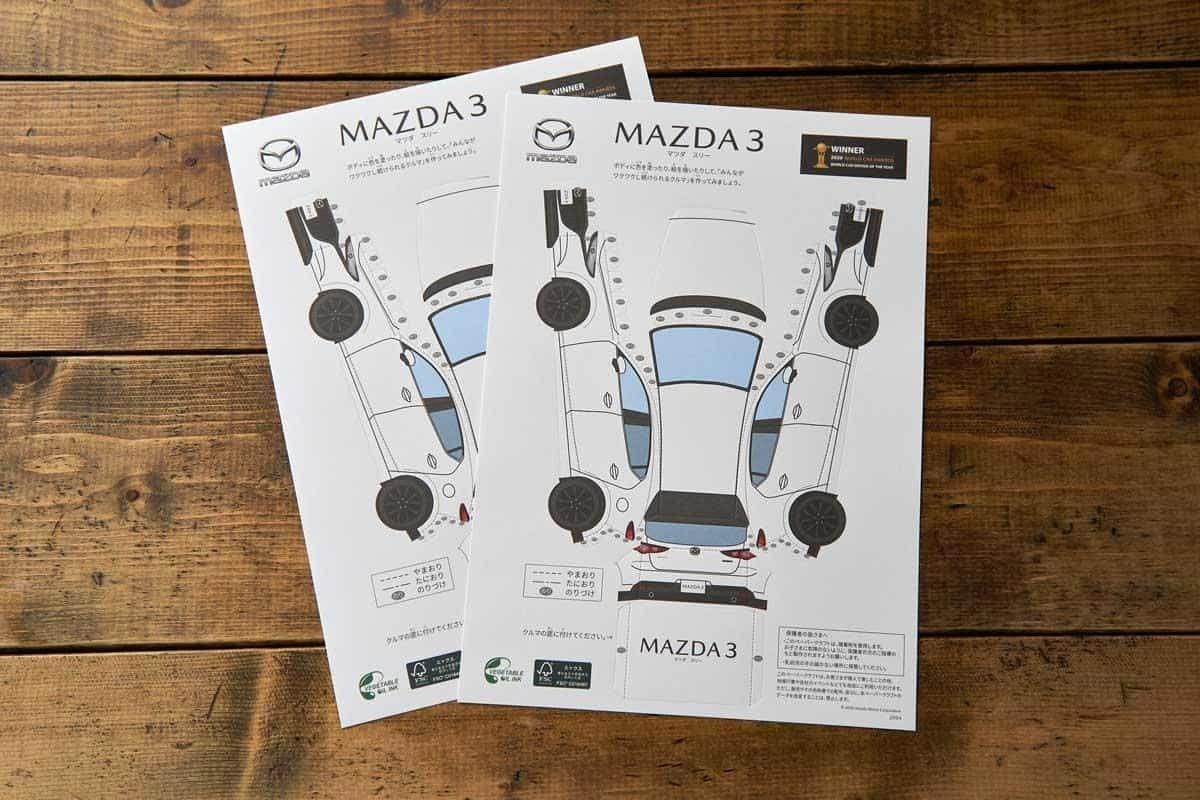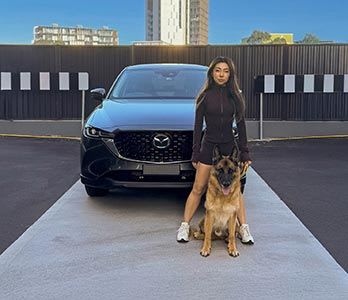Washi paper has been crafted in Japan for centuries, and its unique characteristics inspired Mazda’s designers to create a fabric used in the MX-30’s cabin. But what exactly is washi? We tell the story of one of Japan’s most important, yet often overlooked, artistic products.
"When humans calm down, we unconsciously take deep breaths," says Xintong Li, the lead Colour/Material/Finish designer of the Mazda MX-30. "This inspired our concept and our choice of materials for the car’s interior. Each breath a person takes has its own pace and rhythm, so when looking for inspiration as to how to portray individuality in the MX-30, the idea of washi paper came to mind."
In the most basic terms, washi paper simply means traditional Japanese (wa) paper (shi). It was given this name in the mid-19th century to distinguish it from the machine-made, wood-based paper imported from the West. But it is a significantly different material and has a history dating back centuries – Japan was producing washi paper 600 years before knowledge of papermaking even reached Europe.
According to the Japanese book Nihon Shoki (Chronicle of Japan) written in 720, Buddhist monks introduced ink and papermaking techniques to Japan in 610. Over time, improvements were made to the paper and the papermaking process until eventually it became a uniquely Japanese product.











